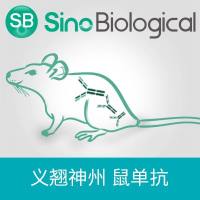In Vitro and In Vivo Quantification of Adhesion Between Leukocytes and Vascular Endothelium
互联网
522
When a leukocyte enters a blood vessel, it may continue to move with flowing blood, collide with the vessel wall, adhere transiently or stably, and finally extravasate (1 ). These interactions are governed by both local hydrodynamic and adhesive forces. The former are determined by the vessel diameter, fluid velocity, viscosity, and hematocrit, and the latter by the number, strength and kinetics of bond formation between adhesion molecules, and by surface area of contact (1 –6 ). Cellular deformability affects both types of forces (7 –9 ). Two families of cell adhesion molecules (CAMs) are involved in leukocyte rolling and stable adhesion. In general, the selectins (P, L, and E) mediate rolling, while the IgG superfamily members (ICAM-1 and VCAM-1) on endothelial cells, with their cognate receptors (β2 and β1 integrin receptors) on the leukocytes, mediate firm adhesion, with some overlap in these functions (10 –12 ). The expression of CAMs on the endothelial cells and leukocytes can be modulated by cytokines secreted by a variety of cells (e.g., cancer cells, fibroblasts, macrophages) (13 ,14 ). Cellular deformability can be modulated by altering the cytoskeleton, membrane, or cytoplasm, with the cytoskeleton playing the dominant role (7 ,15 ,16 ). In this chapter, we describe methods to quantitate cellular deformability in vitro, CAM expression in vitro, leukocyte-endothelial interaction (LEI) in vitro, and LEI in vivo.








